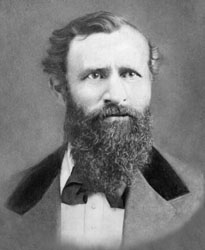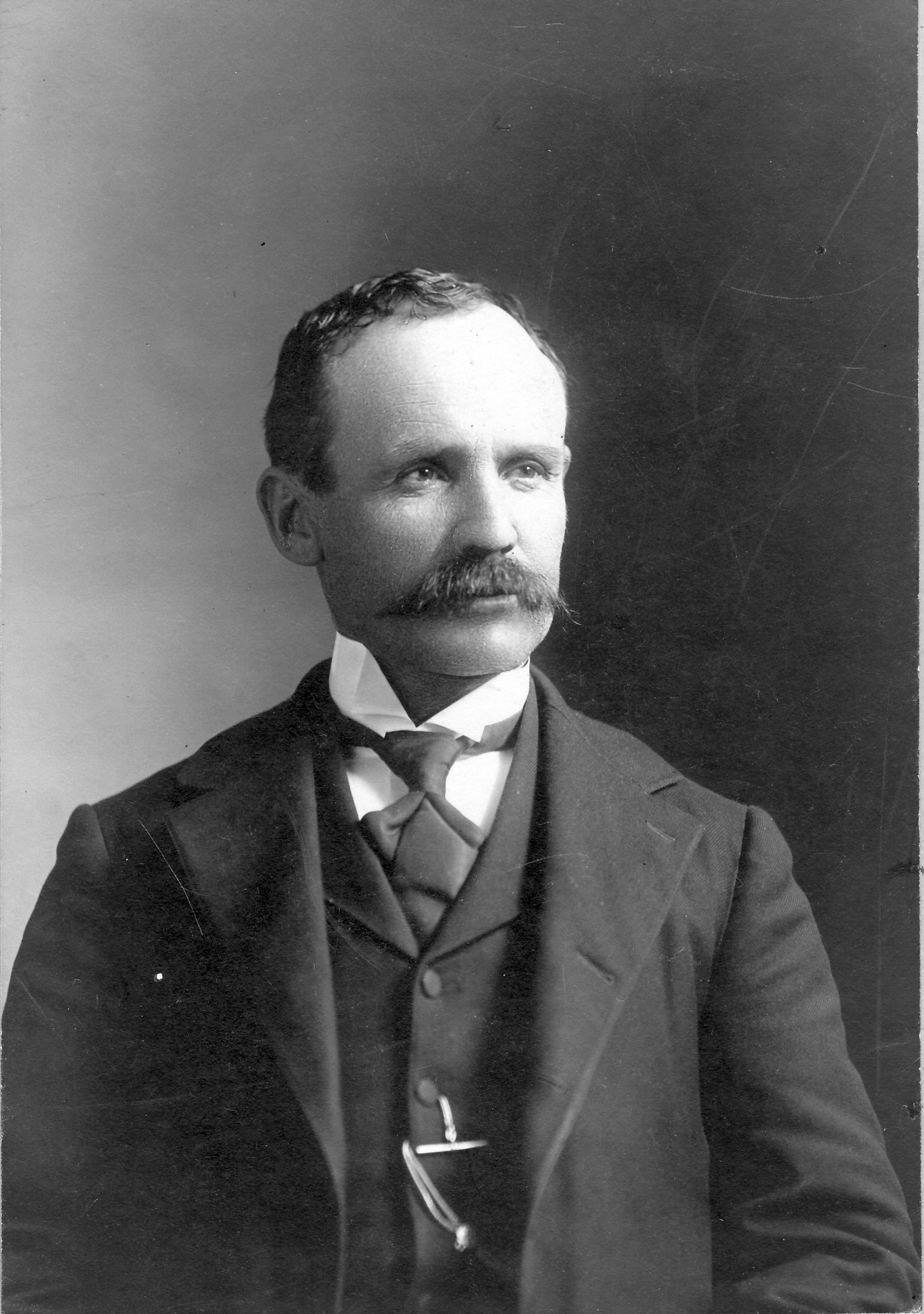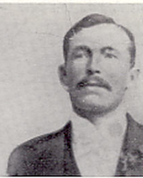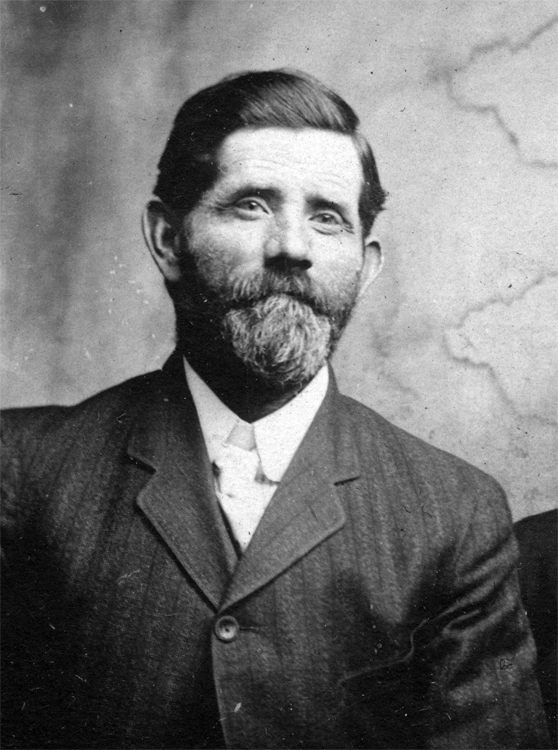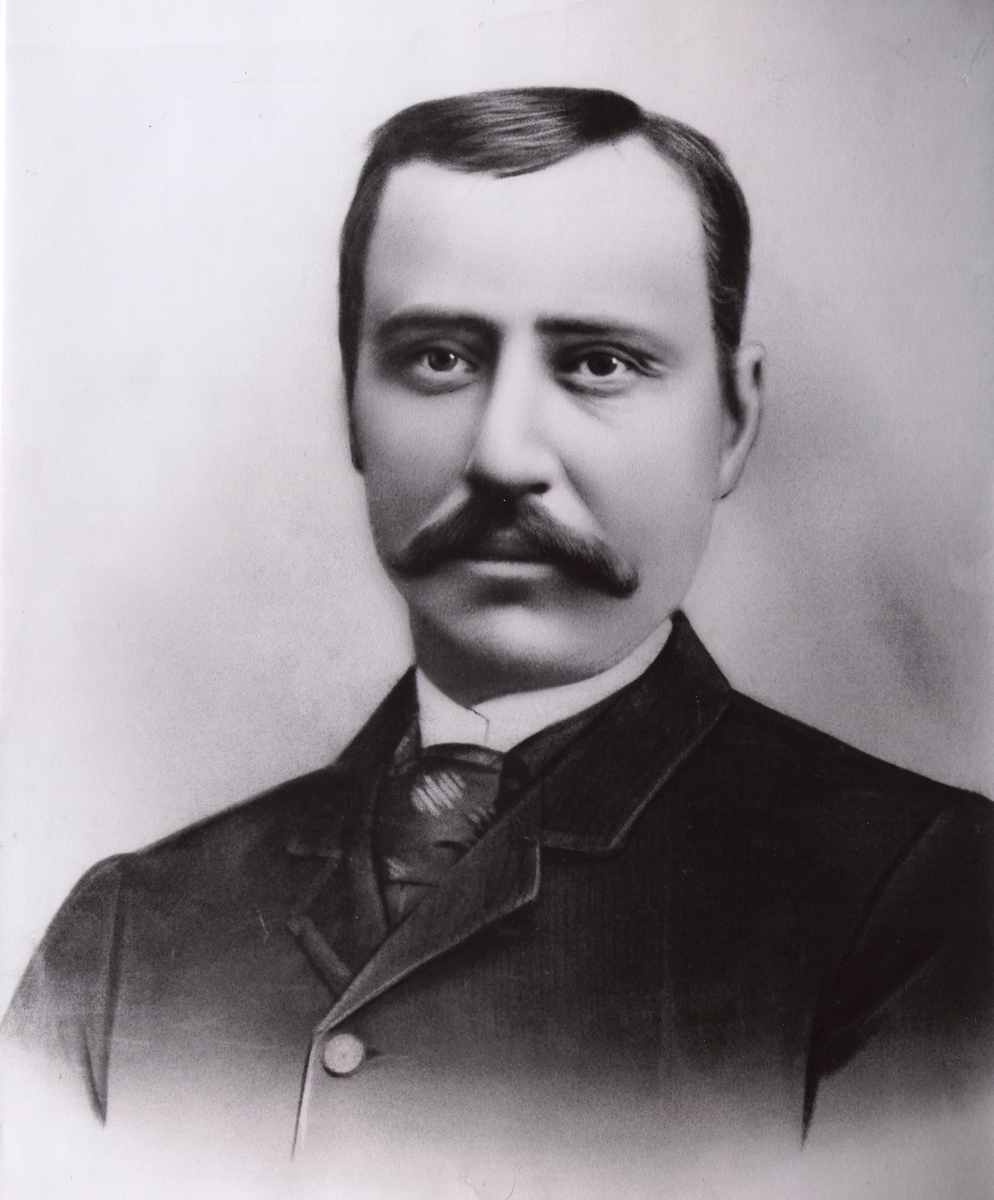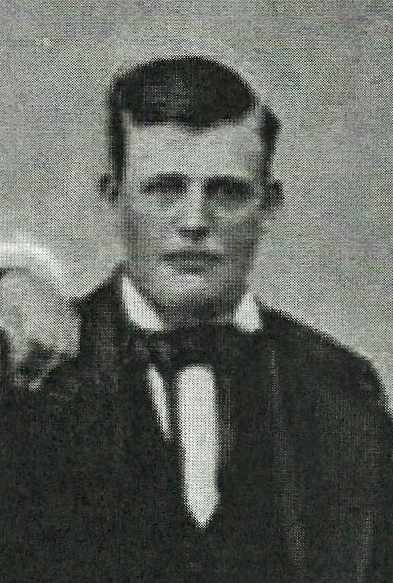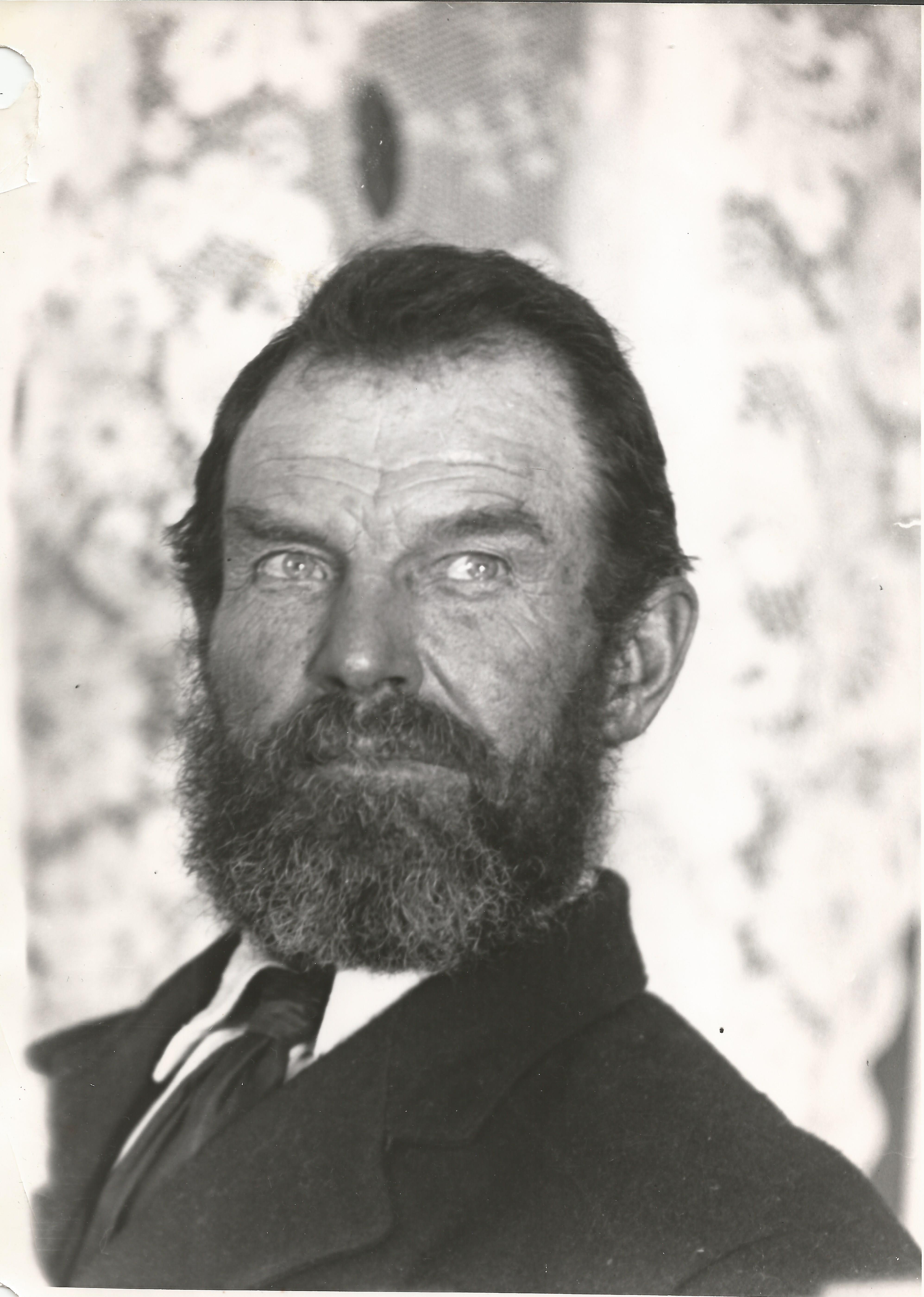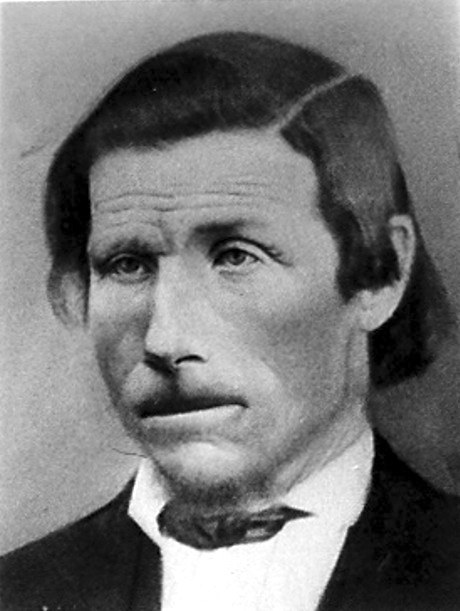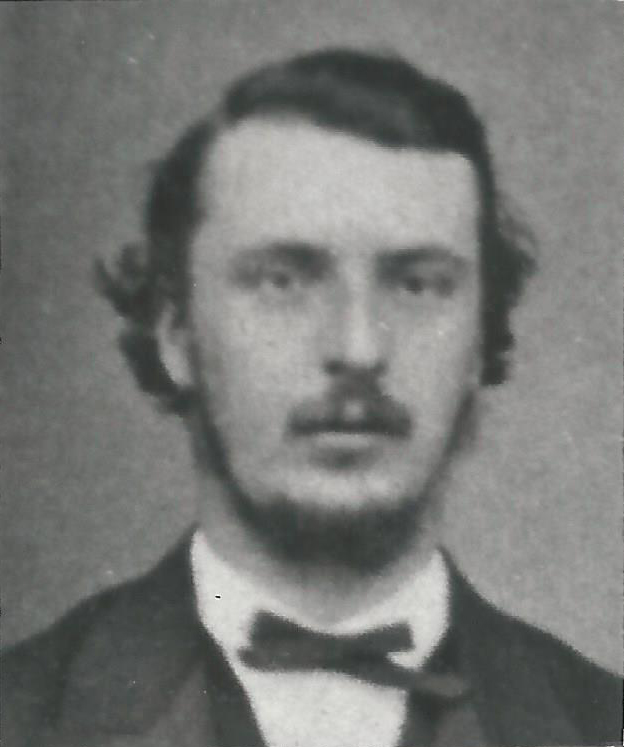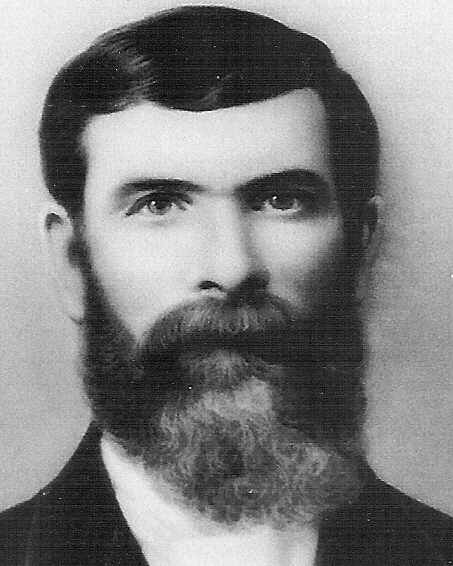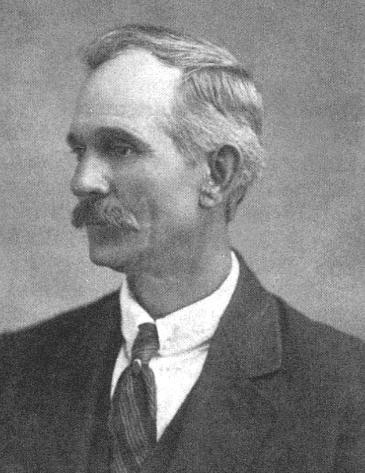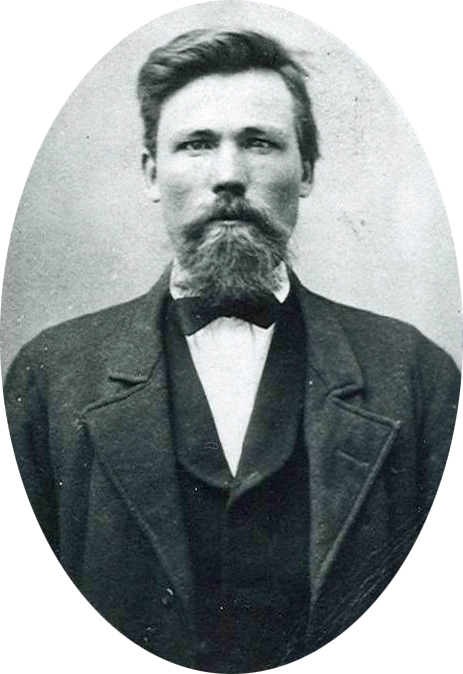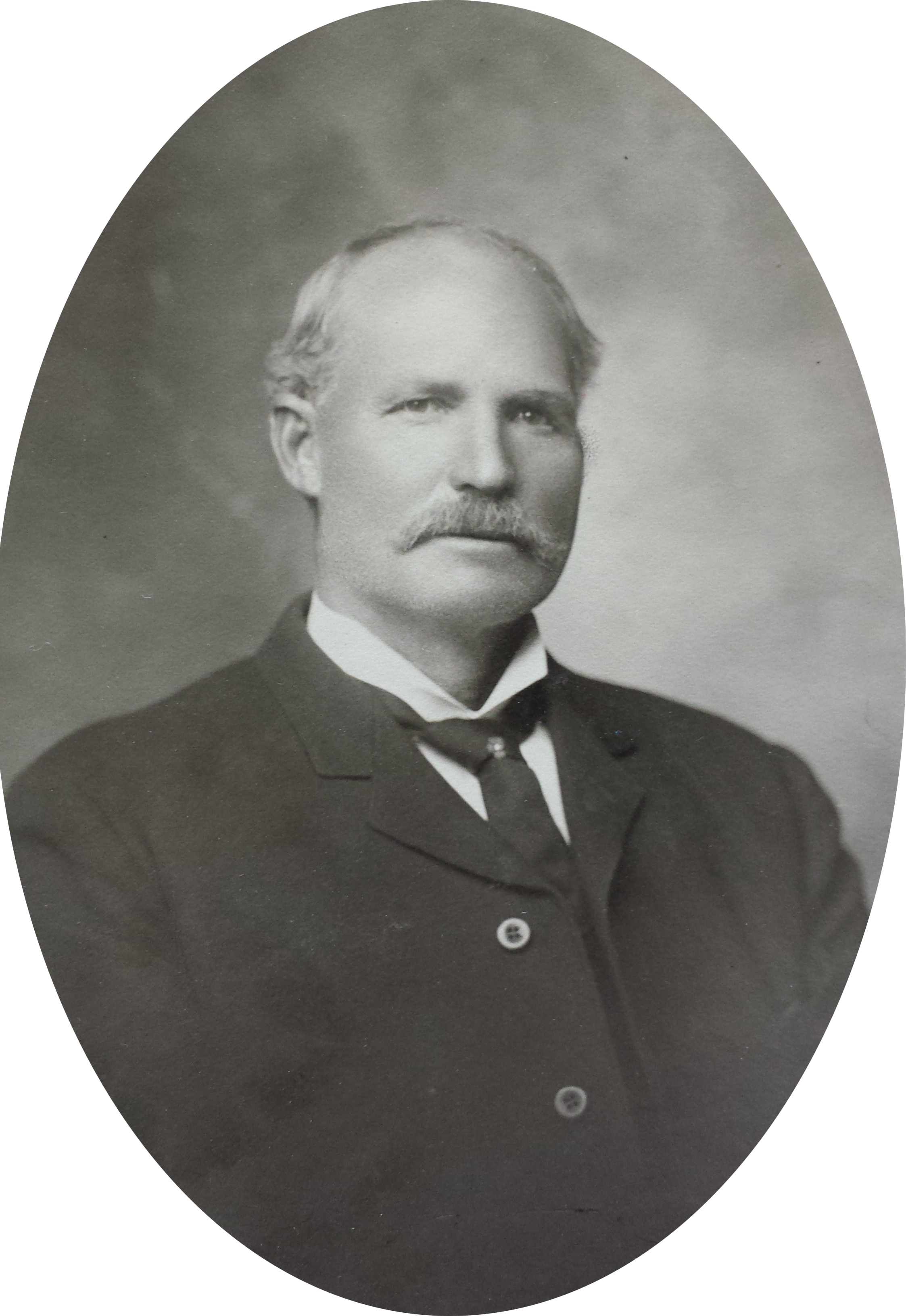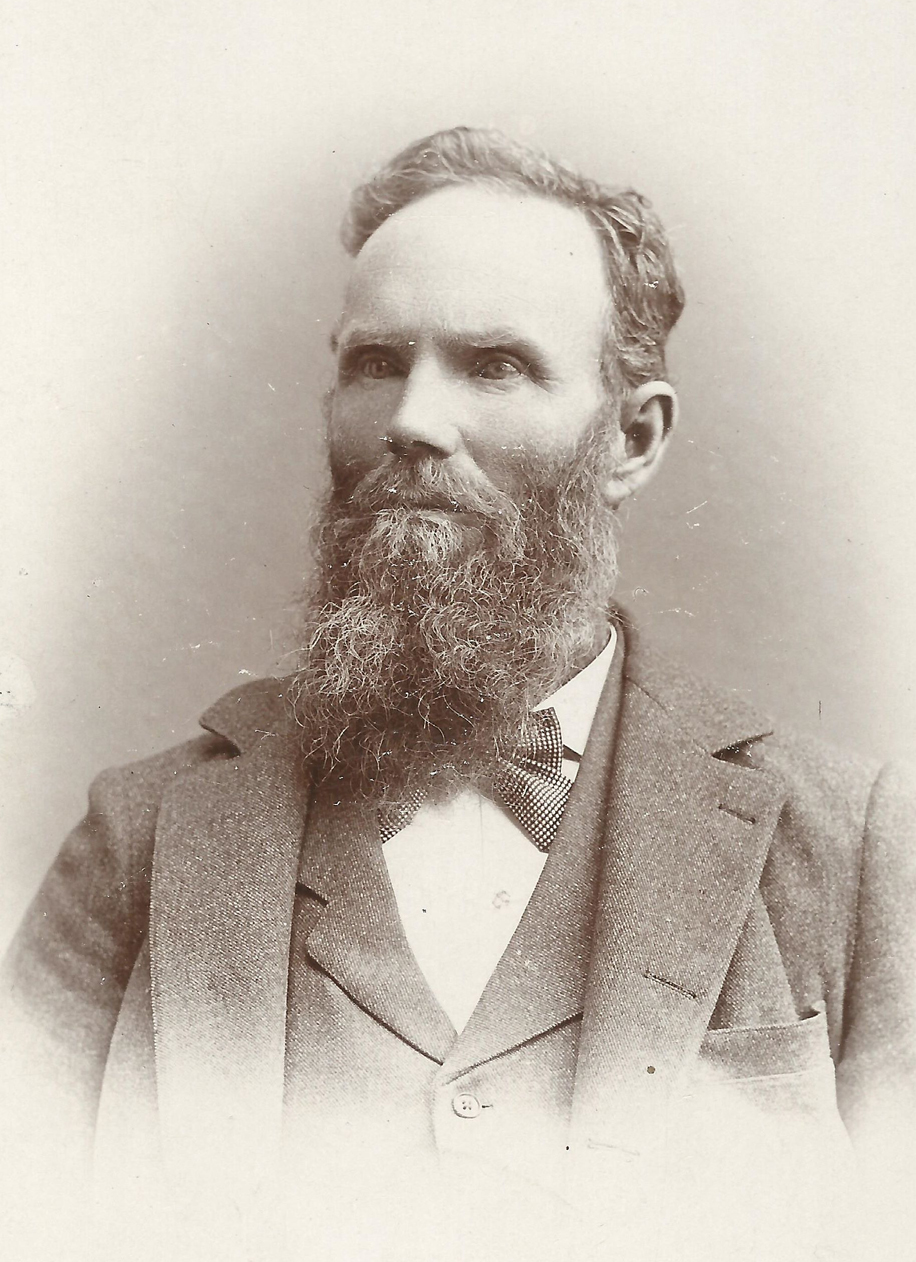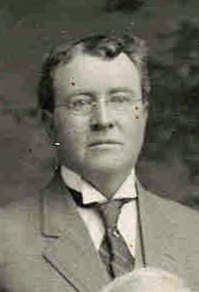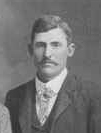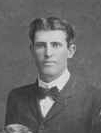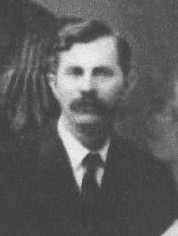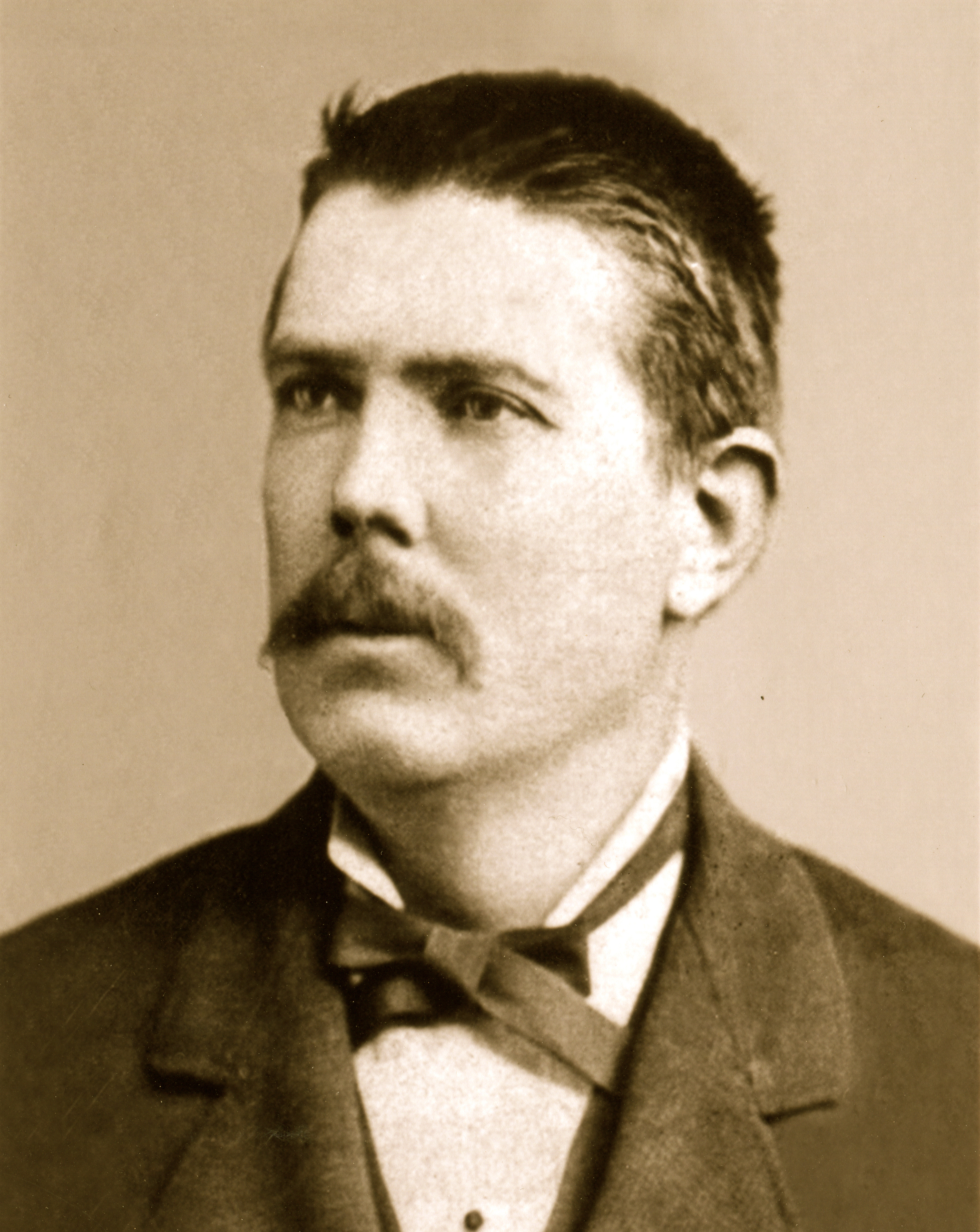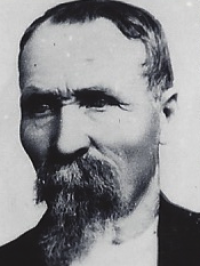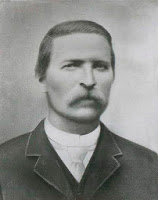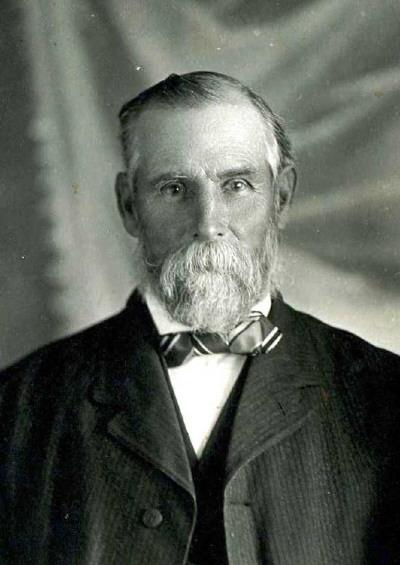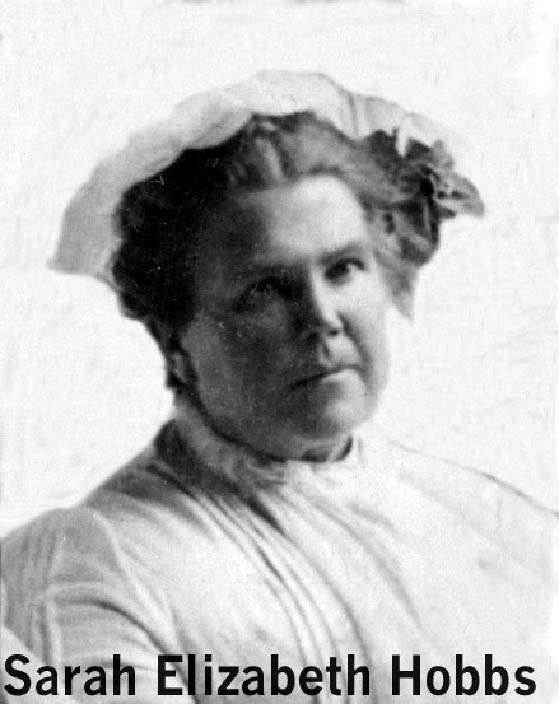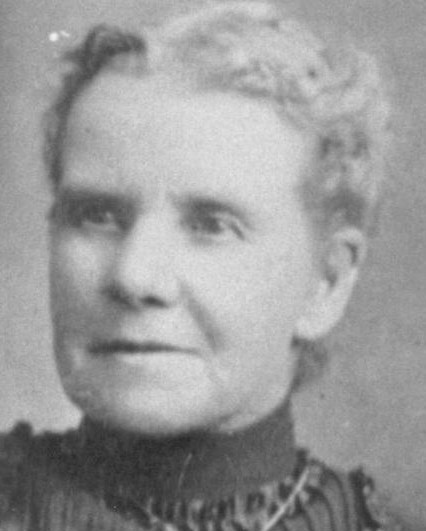Expedition of 1879 (Abbreviated)
Abbreviated Account of First San Juan Expedition (*1)Left Cedar City, Utah, April 14, 1879. Members from Cedar City and Parowan: President of the company, Silas S. Smith, James B. Decker, Parley R. Butt, Kumen Jones, Hanson Bayles, H. Joseph Nielson, Zachariah Decker, Robert Bullock, John C. Duncan, George Perry, George Urie, Thomas O. Bladen, Hamilton Warren (Ham Thornton), John Butler, John Dalton, James Adams, Adelbert McGregor, Isaac Allan, Jesse J Smith, Albert Smith, Stephen (Steve) Smith, George Hobbs, Harrison Harriman and James L. Davis. The last two had with them their families. Twenty teams, perhaps half as many wagons and a few loose horses and cattle made up the outfit.
They headed south for Lees Ferry in Arizona, the nearest known crossing of the Colorado River. They left the ferry about May 2, and found a road to Moenkopi, or Tuba City, where they rested their teams while they worked for John W. Young on a woolen mill he was building. No road continued northeast, just dry mesas and glistening sand hills, where the Navajo guarded his sheep and goats in a wilderness all his own. Leaving their loose stock, they hired and old Navajo and a man named Tanner, to pilot them over to the San Juan.
At one place in the desert, the only water was claimed by Peokon, who insisted there was barely enough for his own herds. He refused the jaded teams a drink, and when some of the boys insisted, he struck savagely at one of them with a club. Twenty young men full of fire and sand were hardly the combination to endure this tamely, and a strained situation was relieved when their President suggested they dig a well in the sand. They dug several wells, found water at an easy depth, supplied their animals, and the next morning presented these new sources of drink to the Peokon. The old man accepted them in silence, and became a friend, though he had made a pronounced beginning as an enemy.
Other similar instances proved the efficiency of S. S. Smith, who steered clear of trouble without yielding his purpose. He formed among his men a military organization which kept them in order, and increased their effectiveness as a body.
One evening a horse, having been kicked, was found to have broken a leg and had to be killed; twenty minutes after the shot was fired, the waiting Navajos had the carcass sliced up and on the fire to roast. They ate it all.
Hunting out a way for their road, and building it, or at least making it passable as they went, the company’s progress was necessarily slow, and accomplished with hardships which are always about in a desert or gulches and sand dunes. Kumen Jones, the 23 years old, acted as scout and fore- runner in finding the road and the water.
Towards the San Juan the met Peogamet, a pretty Ute chieftain, who, having heard of their approach, came out in hateful temper with his braves to turn them back. The Utes claimed the territory north of the river, and yielded it with reluctance and stubborn protest, as the pressure of later years came to bear upon them. Peogamet and his men were ugly in looks and speech appeared to be suffering with some loathsome disease. But the Mormon President was wise and firm in his leadership; with all possible grace, and all necessary resolution, he over-ruled the chieftain’s objections, and arrived on the San Juan June 1, at a place since known as Allan Bottom, sixteen or eighteen miles above what is now Bluff.
Coming down from those heated sand stretches to the river bank, they recognized in the cool stream and spreading cottonwoods, the first real glimpse of what they had hunted during six long weeks, and all hands fell to fishing. The catch was of white salmon, and one weighed twenty pounds.
At the mouth of the Montezuma they found Peter Shirts, a one-time resident of southern Utah, but now a lone hermit, subsisting on fish, and wearing vestiges of clothes which had been.
Further up the river they found a man named Mitchell, who, with his family had begun a ditch and a farm. The explorers joined Mitchell in his ditch, flew at the shoveling and the rip-rapping with a vim, and placed claims on all land for seventeen miles down the river.
When Sunday came, they organized a Sunday School, with James B. Decker as Superintendent, and regularly from then on, they observed the Sabbath at the mouth of Montezuma Creek, their headquarters, where they also celebrated the fourth and the twenty-fourth of July.
From here they sent back for their loose stock at Moenkopi, and dispatched exploring parties in every direction. John Butler’s party discovered the creek and the valley which still bear his name. Another company traversed White and Mustang Mesas, and took account of the size, extent, and Streams of Blue Mountain. President Smith and other went into Colorado as far as Alamosa, both to see the country and bring back provisions.
Harriman and Davis, the men with families, and one other man, stayed at the mouth of Montezuma, and the remainder of the company started August 13 for home. They followed Recapture Creek from its mouth, making fifteen miles of road in the canyon, and then out into Mustang Mesa. They slid into and wormed their way up from Devil and Long Canyons, crossing South Montezuma at what became the Bob Hott ranch. At the forks of the creek, south of what is now Monticello, they found a cabin newly built by men expecting to soon bring cattle into the country, and here they stopped a while to rest. They also camped on Spring Creek, from which place they took excursions on the mountain to prospect, to explore, and to fish. Beaver dams had formed crystal lakes at the base of the mountain, and in them speckled trout were abundant.
They went down Peter’s Hill and followed it in half a day to Dry Valley, traveling by way of Looking Glass and Coyote, where a dim track led from Grand Valley to La Sal. At Hatch they found deer aplenty, and relieved their monotonous diet of bread and slickum.
A few families had settled on the present site of Moab, and a negro raised luxuriant beans and tobacco in the old Mormon fort. In answer to President Smith’s inquiries, the negro assured him that the entire valley could be purchased for $3,500.
The explorers forded Grand River a mile below the present bridge, and traveling by Castle Valley, Salina and Beaver, reached Cedar City about September 17, having traveled more than 1,000 miles, and made 400 miles of new road.
Map of 1879 Expedition Route to Montezuma and back(*2)
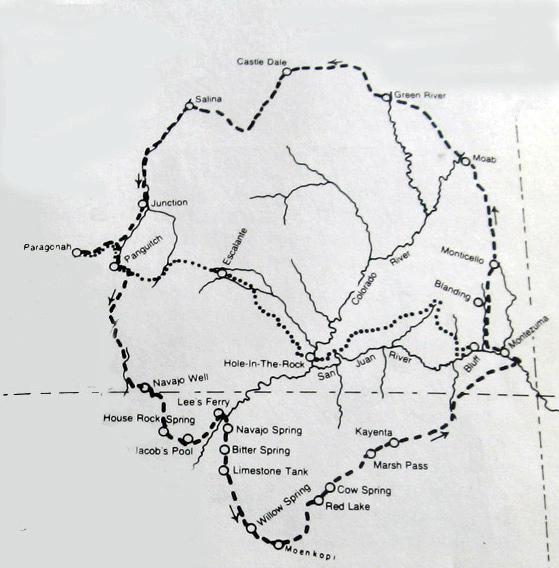
Legend:
- - - - 1879 Exploration Route . . . . Hole in the Rock Trail
Sources:
1. History of San Juan, Chapter 2
2. Furtrapper.com Hole in the Rock
